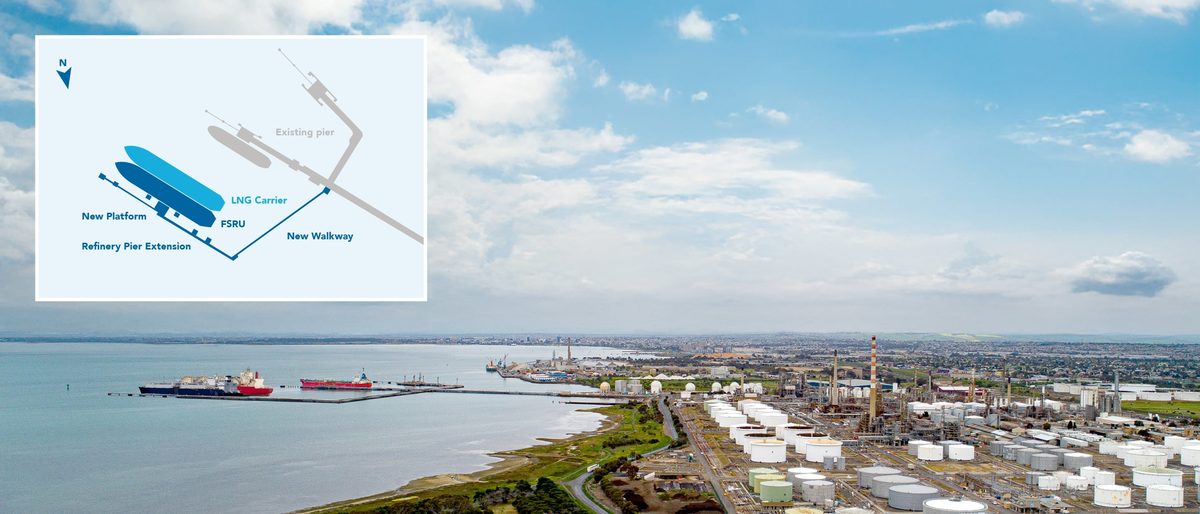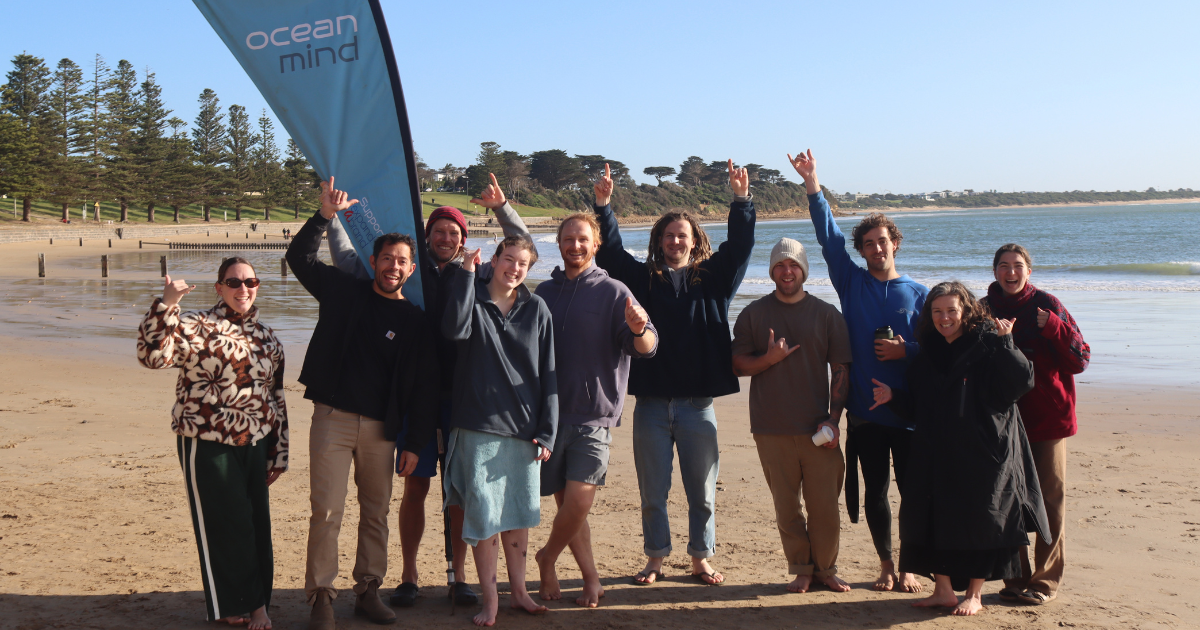Microplastics threatening Surf Coast wetlands

Plastics found at Thompson Creek by members of the Surfrider Foundation Surf Coast Branch. Photo: SUPPLIED
WITH World Environment Day today, the Surfrider Foundation has used the occasion to demand answers over microplastics posing a threat to Surf Coast wetlands.
Last month, members of the Surfrider Foundation Surf Coast Branch discovered large amounts of microplastics along the southern shoreline of Thomson Creek.
Located between the World War II concrete bunker and the Karaaf Wetland culvert, the microplastics pose a threat to tens of thousands of migratory birds.
Surf Coast Branch members took to the area to conduct a clean-up but reported the plastics were too fine to successfully remove.
Member John Foss said with World Environment Day on June 5 it was a good opportunity to get to the bottom of the cause while demanding greater protection for the Karaaf Wetlands.
The foundation has requested the Environment Protection Authority Victoria (EPA Vic) and other relevant authorities to investigate and initiate immediate clean-up which is critical to the health of the wildlife population.
“It is very frustrating, there is all this plastic less than 40 metres from a significant wetland,” Mr Foss said.
“It should be moving quicker than this.”
Mr Foss, who submitted his research to the relevant authorities, said he had hoped to get answers sooner.
“There are multiple concerns the biggest being the impact on wildlife, whether it is the fish or the birds, there is potential for them to all be chomping away on plastic,” he said.
“My other concern is urgency; we had some easterly winds and all this plastic which was concentrated in a couple of spots has now blown along the creek and is spreading.”
Mr Foss said the foundation would continue to raise the profile on plastics found in the natural environment.
“Plastic is a real problem – it doesn’t break down and disappear like what people think,” he said.
“Surfrider Foundation Surf Coast has been picking up beach litter, nurdles (plastic pellets) and microplastic from this same spot at Thompson Creek for decades.
“Dealing with plastic litter in this waterway and others should be a priority.”

















